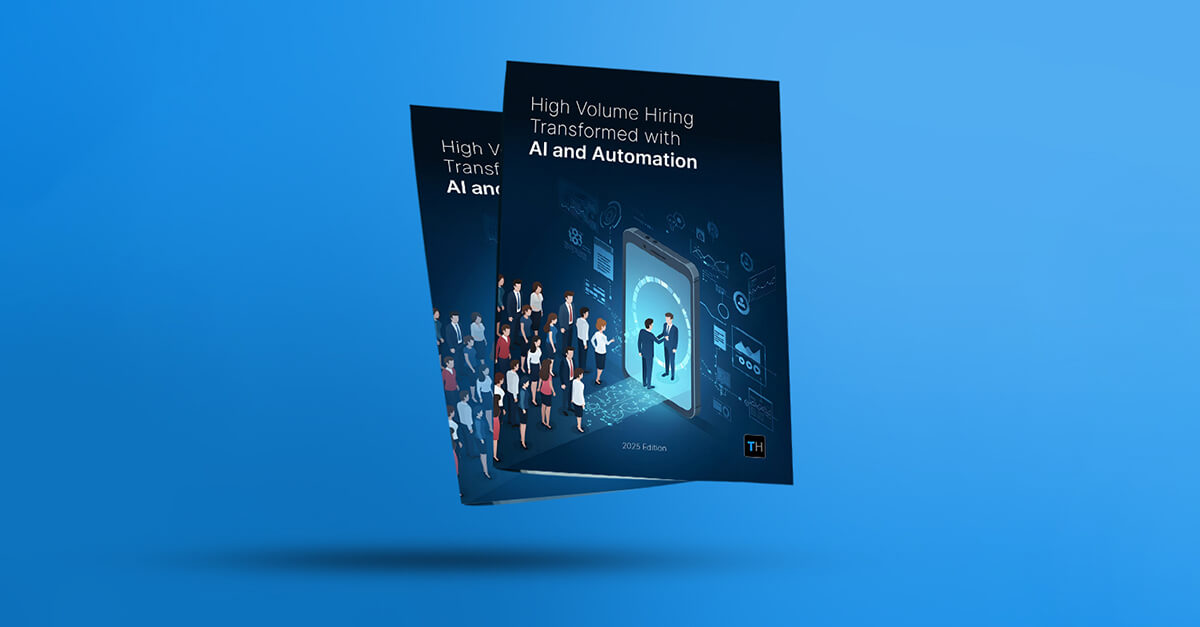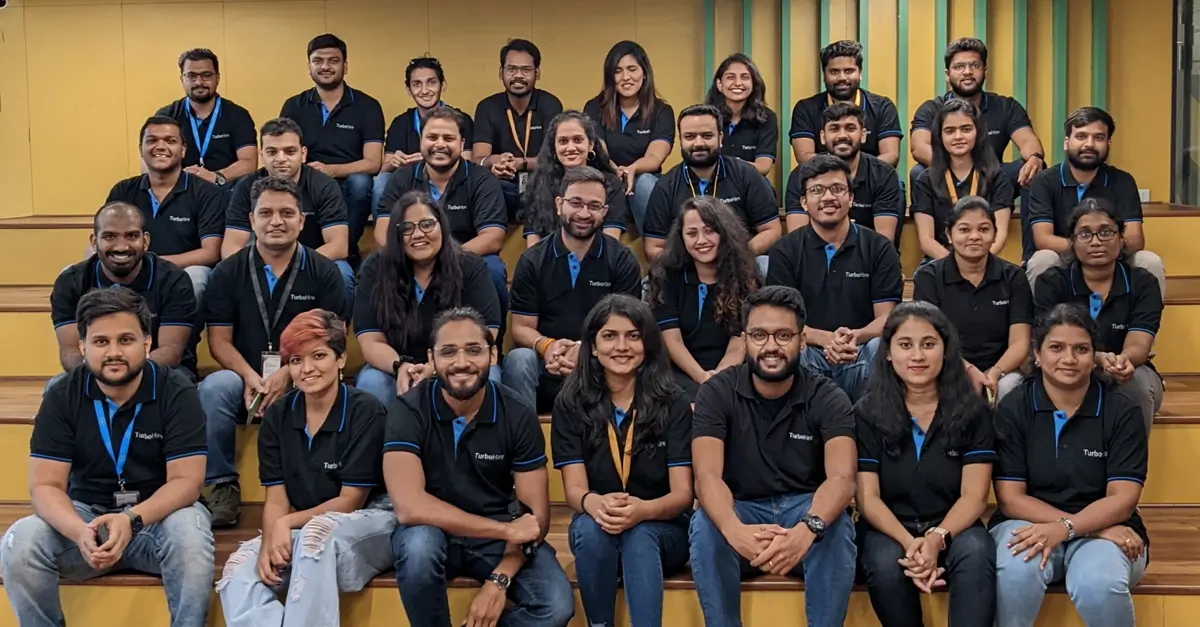There has been an upward momentum in hiring since 2021 which went on till at least the first half of 2022. However, what we saw since the second half of 2022 was a large number of layoffs happening. These layoffs are still happening even in February 2023. This has left a lot of people quite anxious about how hiring and the Indian job market are going to proceed in 2023. While there is a recession occurring, India seems to be growing with respect to job markets, which has led to the question of why is the Indian market booming during a recession.
In 2023, retail, automotive, and BFSI sectors are highly expected to see a 20% growth in hiring compared to the last year. The IT industry may also experience muted growth in the first half of the year while getting up to the pace in the second half of 2023 according to Foundit.
There will also be quite a slow but steady recovery in talent acquisition or recruitment across sectors. Hiring in industries such as retail, real estate, tech, and BFSI are already on an upward trajectory while there is still a slow-growing economy and high inflation prevalent in society.
According to Sekhar Garisa, CEO of Foundit, while there is a slowdown in hiring tech talent in the past few months, several industries such as healthcare and education are increasingly dependent on technology to drive productivity and efficiency which indicates skilled talent will always remain in demand.
What are the causes and effects on the Indian job markets?
The high amount of hiring in 2021 and 2022 was one of the primary reasons for increased layoffs in 2023 according to experts. There was also tightened access to funds when inflation occurred which was another one of the reasons why layoffs occurred.
In such a readjusted market, the main aim of organizations was to look out for quality talent at affordable cost. This led right from US-based tech firms such as Amazon, Twitter, Meta, and Microsoft to even smaller startups giving up talent and conducting layoffs. According to market estimates, there have been about 18,000 to 20,000 layoffs in the tech industry in India alone in the year 2022. The sector which faced major layoffs can be said to be edtech where about 8000 layoffs occurred apart from consumer services (5000), e-commerce (2500), health tech (1000), and fintech (1000).
A lot of organizations also had to give up their brand images when considering these layoffs. This particular action has also helped organizations to understand the importance of the workforce and qualified talents that need to be hired.
How does 2023 look right now?
2023 can now be said to be a year of “hiring corrections” especially with the recent layoffs to optimize talent and costs which can cause a lot of changes in the hiring sectors. Enterprises will now also start to look closely at the skills, and experiences of the candidates along with looking at the compensation that needs to be provided. Organizations may also decide to replace high-cost employees with moderate-cost talents in order to save funds and increase productivity.
While the industries are returning to normalcy, there will still be a tightened grasp on the hiring process. However, on the brighter side, one can see sectors such as retail, automotive, and BFSI blooming. Mumbai among the metros and Ahmedabad among the Tier 2 cities will be expected to lead the e-recruitment activities in India.
There will also be a higher demand for talent in these cities. Bangalore and Delhi NCR are also forecasted to lead the hiring in the automation market. Among other Tier 2 cities, there will be Coimbatore which is expected to lead with IT services, auto components, and BPO being the growth drivers.
Final words
Though the ongoing turmoil across the global level which has led to the question of why is the Indian market booming during a recession, especially with layoffs and hiring freezes and impending recession has seen much effect on various parts of the world, the sentiments of India, however, remain to be a tad bit positive. 2023 will hence see trends such as an increase in the use of automation and analytics along with the use of digital media for hiring. There will also be a focus on reskilling and upskilling a task force with more concentration on diversity and inclusion.

























































